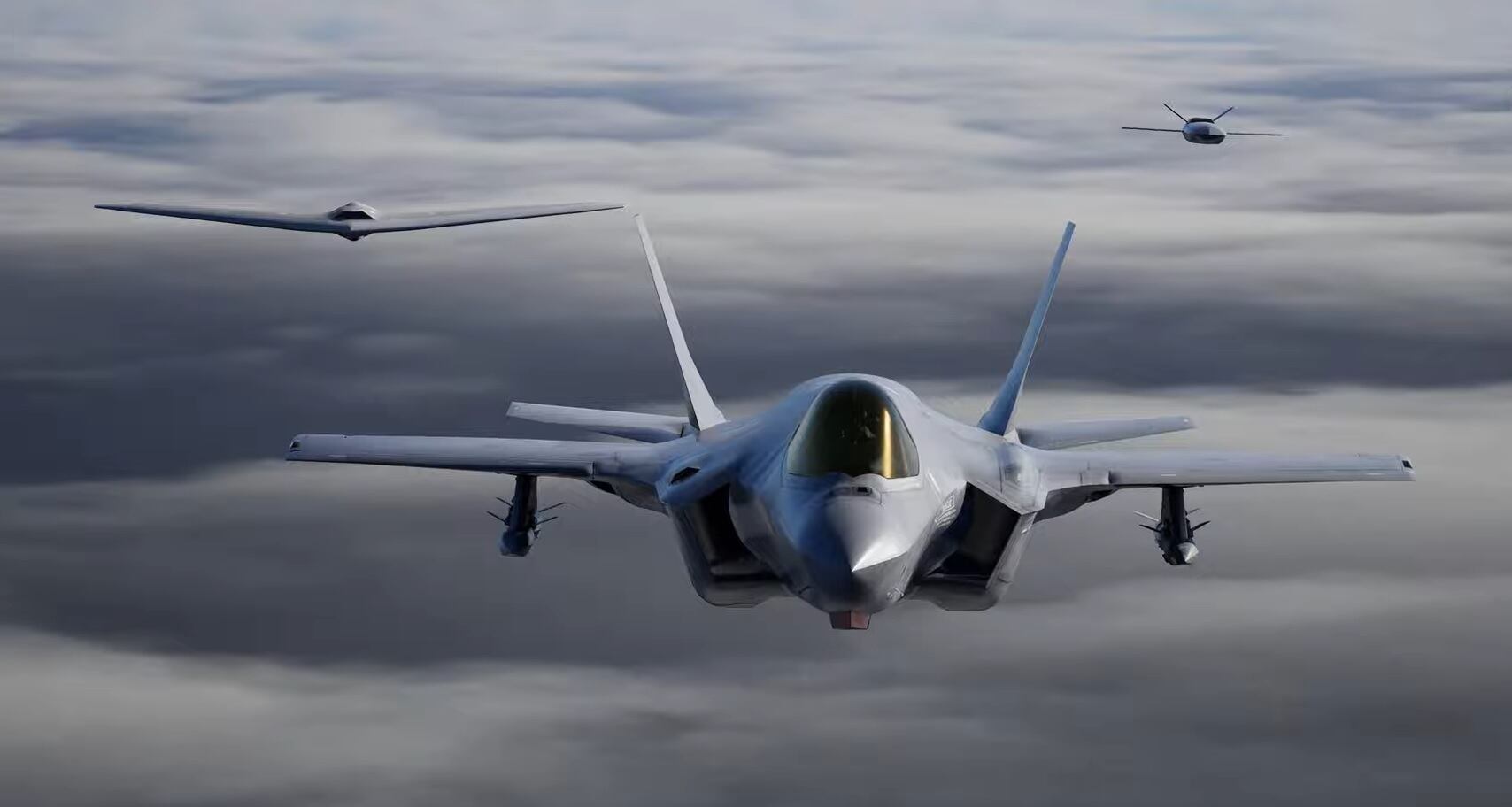TAMPA, Fla. — A futuristic-looking small boat cuts through the water near an unnamed adversary’s shoreline, releasing smaller automated boats and firing tube-launched drones as it goes.
The video shown by Bill Innes, deputy director for acquisitions at U.S. Special Operations Command, is meant to highlight technology leaders at his organization want in their near-term future combat scenarios.
The term at the top of the wish list for those who build and buy special operations forces technology on the first day of Global SOF Foundation’s SOF Week here is “collaborative autonomy.”
And it’s driving how the command views nearly all the new tech it wants to bring into units.
Innes displayed a single PowerPoint slide with six domain areas, including ground, air and maritime systems on the left and cyber, communication, computers and intelligence alongside special reconnaissance and data/software on the right.
In total, the slide referenced 256 programs or projects currently run by SOCOM.
The left side items included 145 such programs or projects, all hardware, for moving material or weapons for destroying targets. Think rocket launchers, helicopters, kitted-out gunships such as the AC-130J, loitering munitions and submersibles for combat divers.
The right side? Think sensor-laden tactical drones and tactical assault kits on smartphones and software. Those 111 programs or projects work like a nervous system for the other platforms.
Or, as Innes put it, “the left side is heavy on platforms, the right side brings it all together.”
Making those varied pieces of equipment “collaborate” with the humans running them means industry officials must consider how their tech fits into the big picture.
“For all of that to be tied together, it’s going to have to be open systems,” Innes said.
Government program managers too must think about their specific technology in a larger ecosystem, he said.
“Where it all starts is mission command in [Program Executive Office SOF] digital applications,” Innes said. “But all of the PEOs should be able to talk about how they contribute to collaborative autonomy.”
The collaborative concept goes a bit further than a similar line of thinking in recent years known as manned-unmanned teaming. The manned part is still there, but the concept includes more systems and equipment.
Defense officials envision and are building autonomous wingmen and drone swarms to extend the strike, reconnaissance and surveillance abilities of fighter jets. The concept uses fewer manned aircraft in a squadron, but more robot helpers to protect and fight where needed.
The Next Generation Air Dominance platform under development by the Air Force expects to deliver a sixth-generation aircraft with a complement of “loyal wingmen,” Defense News recently reported.
Todd South has written about crime, courts, government and the military for multiple publications since 2004 and was named a 2014 Pulitzer finalist for a co-written project on witness intimidation. Todd is a Marine veteran of the Iraq War.







